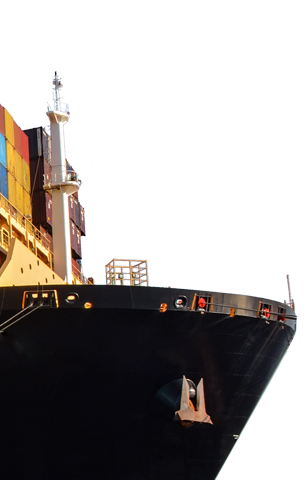Welcome to the “cold rush”: Refrigerated storage providers rush to fill demand through new builds and big innovations
- Home
- >
- Cargo Blog
- >
- Welcome to the “cold rush”: Refrigerated storage providers rush to fill demand through new builds and big innovations
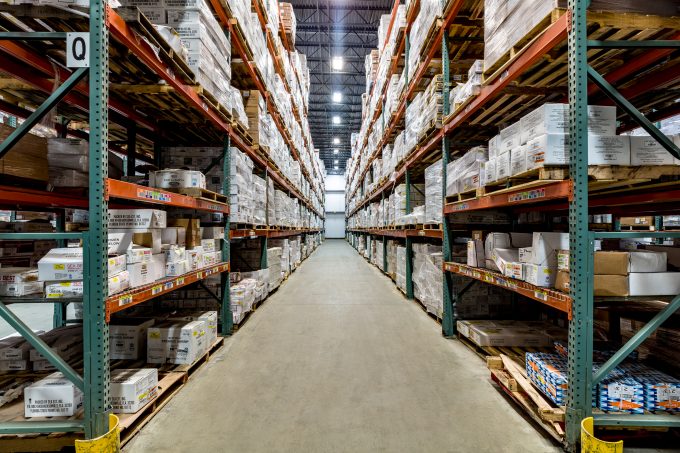
Story first appeared in the 2022 JAXPORT Magazine
173 years after San Francisco witnessed the rush that brought speculators and entrepreneurs by the thousands to the area for cold, hard gold, logistics hubs across the country like Jacksonville are experiencing a rush for refrigerated space like nothing before.
Opportunity caused the gold rush of 1848, but investment, innovation and infrastructure fueled its growth. The same is true with the cold rush of today. The need for cold storage appears insatiable, and the current infusion of funds, expansion and space-saving innovations is fueling progress at an astounding rate.
Meeting consumers’ appetite for fresh and frozen
Frozen food sales continue to climb. They’re up 22% from pre-pandemic levels according to the American Frozen Food Institute. Additionally, health-conscious consumers are eating more fresh food worldwide. These two trends have fueled a cold storage shortage that was high before the pandemic and is increasing by the day.
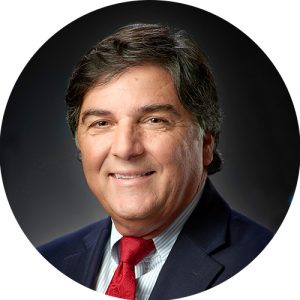
Lineage, one of the world’s largest cold storage providers, operates two Jacksonville frozen goods storage facilities, with none of their rooms currently having a temperature higher than negative ten, but the company has capability to adjust to higher temperatures when customer demand requires the service.
Frozen and chilled trends not cooling off
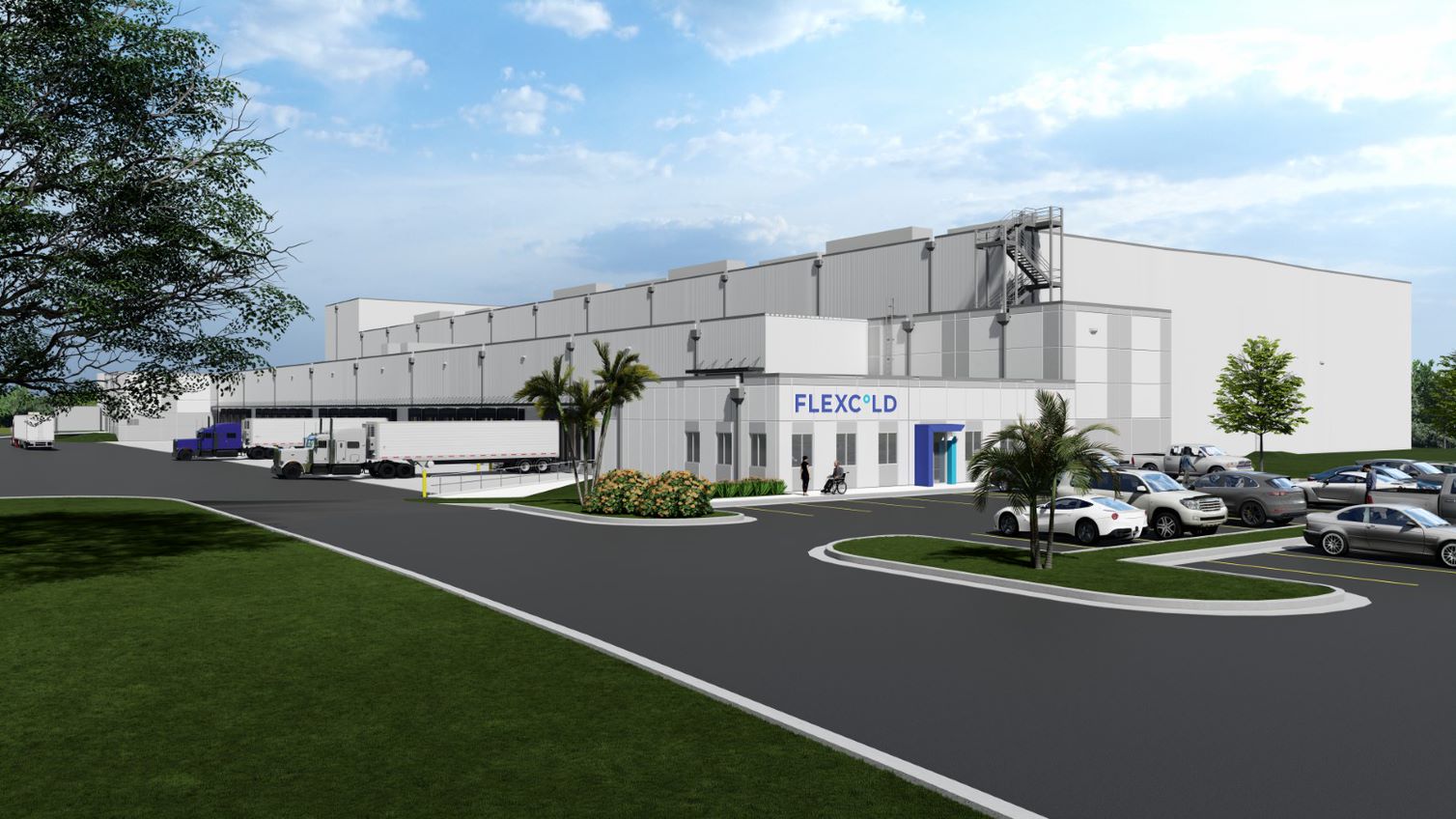
Demand for fresh, organic and frozen foods is driving cold storage providers to build. JAXPORT partners alone will add two new facilities and almost 200,000 square feet of cold storage in the immediate vicinity of the port in 2022.
According to Ryan Laurent, Vice President of Sales for Lineage, the demand for frozen space at Lineage’s new 222,000 square-foot facility near downtown Jacksonville has been unprecedented. When it opened in 2020, it was 90% full after 18 months. The typical ramp-up period for their buildings is 36 months.
Another cold storage company called Axionlog is in the process of opening a 50,000 square-foot multi-temperature-controlled facility in Jacksonville, north of JAXPORT’S Blount Island Marine Terminal. They are already making plans to grow to meet demand.
“We always try to build facilities that can be expanded,” said Axionlog Supply Chain Director Álvaro Carretero Lanchas. “Last year, we expanded our facility in Colombia. Right now we are expanding the new distribution center in Uruguay. And yes, we are planning that in the next three years, we will need to expand this facility in Jacksonville.”
Innovation’s role in meeting demand
Companies aren’t just expanding laterally across the country. Given the high costs of construction, new facilities are being designed and built with higher clearance heights with a strong focus on maximizing space utilization. The key to productivity and energy efficiency in these facilities is in making the most of vertical space. Older buildings tend to have lower ceilings, hence today’s demand for new builds.
In addition to high ceilings, FlexCold will use mobile racking to maximize the number of pallet positions in their new temperature-controlled warehouse three miles from JAXPORT. Mobile racks allow for greater density, increased product accessibility and storage, and can move around to make room for other cargo.
Jeff Manno, Co-Founder and Managing Partner of FlexCold, said mobile racking created by affiliate company FlexSpace will enable their JAXPORT facility to accommodate 25,000 pallet positions in a 150,000 square foot facility. He added that to achieve the same number of pallet positions with a static racking system, it would typically require 70,000 to 100,000 additional square feet.
Technology represents the next frontier for cold storage providers in maximizing cube utilization through improved flow and speedy turnover of pallet positions.
According to Laurent, Lineage recently started rolling out the LinOS operating system and Lineage Link platform across their warehouse network to create the foundation for future efficiencies. “As it applies to JAXPORT, we’re going to continue to invest in the technology of our operating systems and look at ways to automate some of our processes to become more efficient and better serve our customers.”
As a terminal and logistics company, Enstructure provides material handling, warehousing, and logistics solutions at JAXPORT’S Blount Island and Talleyrand marine terminals and also provides cold chain solutions at Seaonus Cold Storage in Jacksonville. Enstructure’s Seaonus Cold Storage is an FDA-approved cold storage facility with over 8.2 million cubic feet of racked, refrigerated, and frozen storage.
“Our Jacksonville facilities are uniquely positioned to provide an end-to-end solution to our customers that require an import / export solution in the Southeast,” said Matthew Satnick, Co-CEO and Chairman of Enstructure. “Our ability to provide both cold storage and terminal solutions to the Jacksonville market enables us to strategically serve our customers via truck, rail or ship,” said Philippe De Montigny, Co-CEO and Founder of Enstructure.
New services spawned to satisfy needs
JAXPORT partners are finding themselves on the leading edge of frozen and chilled logistics. The availability of blast freezing capabilities combined with what Schiappacasse described as a very close working relationship with regulatory authorities helps JAXPORT enable shippers to choreograph time-sensitive inspection, blast-freezing and exporting to destinations around the world.
In addition to FlexCold’s blast-freezing specialty in Jacksonville, the company looks to roll out its business model to other markets. “We’re also focused on being able to really be a solution for smaller food distributors and manufacturers that are having a very difficult time accessing space,” Manno said.
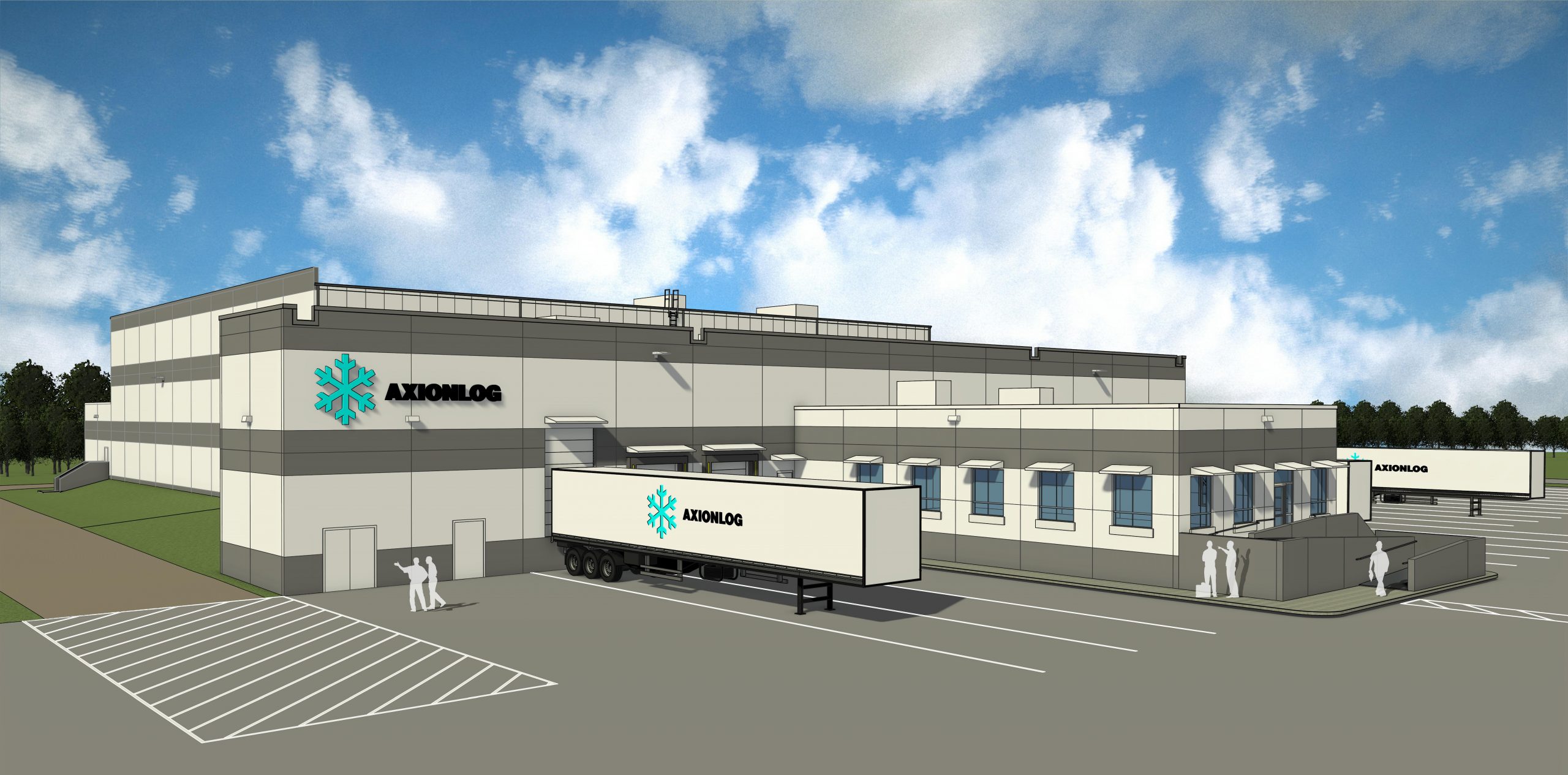
In response to the high cost of shipping among countries in Central and South America as well as the Caribbean, Axionlog is taking temperature-controlled deconsolidation and consolidation to new limits. They plan to establish a foreign trade zone (FTZ) within Jacksonville. The FTZ will enable Axionlog to receive containers of produce from growers throughout Central and South America as well as the Caribbean, then separate and combine them into containers destined for countries in the same regions.
Carretero sees the demand for temperature-controlled products soaring in the Caribbean and beyond in the near future with countries’ borders reopening and tourists returning. “In these places, the tourist is very important,” Carretero said. “That means that the demand will increase for good products because the economy has reopened.”
Add the hungry tourist economies of the world to the growing demand for fresh and frozen foods—as well as the insatiable need for temperature-controlled warehousing to get it to them.
For inspiration on how to get in on the cold rush, companies can look to Jacksonville for the leading edge of practice.
